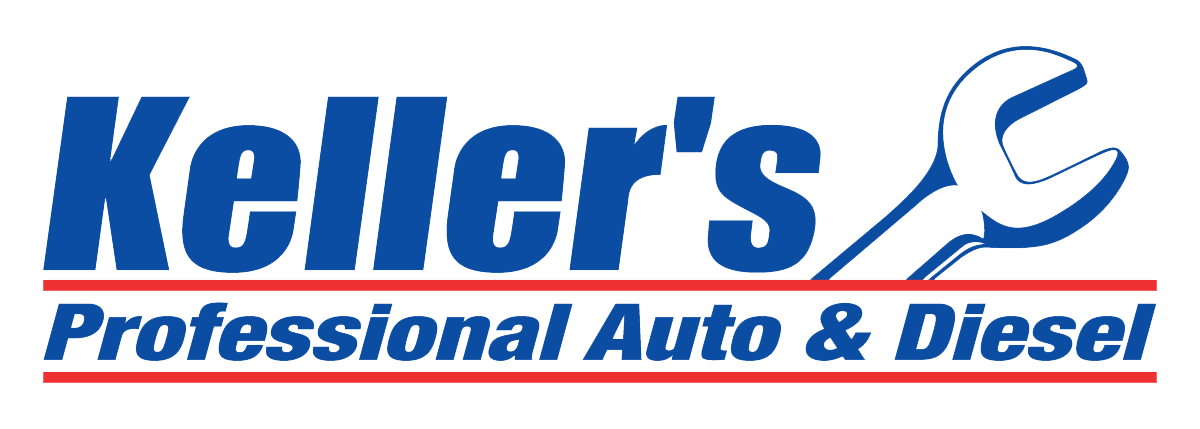Most Parker residents associate turbochargers and superchargers with hot rods and racing. However, the number of everyday cars and trucks coming to Aurora from the factory with chargers is growing every year. Here's why.
You need three elements for combustion: fuel, oxygen and ignition (spark plug in gasoline engines and compression in diesels). Superchargers and turbochargers deal with the oxygen part of the formula. In the normally aspirated engines Parker residents are familiar with, air is just drawn in from the outside by vacuum pressure created as the engine runs. Turbochargers and superchargers compress the air that goes into the engine's combustion chamber, forcing in more oxygen. This forced charge of air allows an engine to make more power than a similarly-sized, normally aspirated engine.
So today we have small 4-cylinder turbocharged engines on Parker streets making more power than a full-sized V8 did 20 years ago – and getting far better fuel economy. And the power on turbocharged six and eight cylinder engines is through the roof.
In addition to power and fuel economy, charged engines deliver benefits for Parker drivers at higher altitudes. As the air thins with an increase in elevation, there is less oxygen available to burn in the engine, resulting in a significant power loss. Charging forces more air – and oxygen – into the engine, preserving much of the power at altitude. Turbochargers use exhaust from the engine to spin an impeller that compresses the air sent to the engine. Because there is a short time between when you step on the accelerator and the time the exhaust pressure builds up enough to spin the turbo up to speed, there is a short lag in power. To combat this “turbo lag," some use two turbos: a small one that quickly spins up when engine speed is low and a larger one for when the engine is running . Others use a variable vane technology in the impeller to accomplish the same thing.
Superchargers are driven by a belt connected to the engine's crankshaft. There is no lag because charging starts immediately (it doesn't have to wait for exhaust pressure). Superchargers are less efficient for Parker residents because they require engine power to run the compressor, whereas turbochargers are powered by “free” exhaust. In both types, the air heats up as it is compressed. In some engines it is necessary to cool the air before it goes into the engine. In those engines, the air passes through what is called an intercooler to bring its temperature down to the proper range. An intercooler is like a small radiator and may be cooled by air flow or by liquid coolant.
Parker owners of superchargers and turbochargers should always use the fuel grade recommended by their vehicle manufacturer. This is important in charged engines because of the extra pressure as the fuel and air is compressed. Using fuel with too low of an octane rating could lead to premature detonation which can cause damage.
Generally speaking, turbochargers and superchargers do not require regular maintenance. But they do wear like any other part in your vehicle and will eventually need repair or replacement. All of your regular vehicle maintenance should be done on schedule – things like oil changes and transmission service and so on. Talk with your friendly and knowledgeable Keller's Pro Auto & Diesel about any concerns you have and about the next services your vehicle needs.
Give us a call.
Keller's Pro Auto & Diesel
10841 South Parker Rd Unit-19
Parker, CO 80134
303.840.7500
http://serviceassistant.autonettv.com

